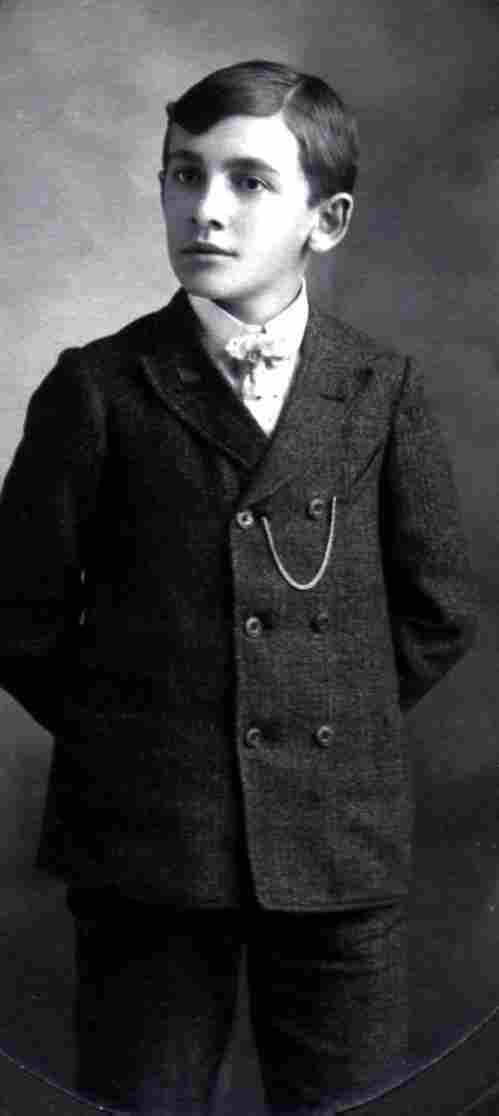
Figure 1.--This boy wears an adult looking suit jacket. I'm not sure about the pants. He wears a small polkadot bow. Just a year or so earlier he probably wore a more juvenile suit with a large bow. |

|
We have noted several different styles of ties. Boys in the 19th and early 20th century had destinctive neck wear, especially the floppy bow. The various types of ties, however, were worn by both men and boys. The dominant style in the 20th century became the necktie, but there wee several other styles. It became so dominant and associsted with Western civilization that Islamists today refuse to wear them.
It was the necktie which finally replaced the cravat. It was replaced during the 19th century by an unlikely combination of Lord Byron, Charles Dickens, English coachmen, and Edward VII. The necktie was tailor-made for the clerical workforce of the new industrial economy of the late 19th century. It was inexpensive, lasted for ever, and was easy and quick to knot. By the 1920s virtually all professional me from bankers to teachers as well as a variety of other men including soldiers, policemen, and the milk delivery man were wearing the necktie. In addition boys as well were replacing their Eton collars with the modern
necktie.
A neck adornment looking much like a bow-tie was commonly worn by men and boys in the 1850s and 60s until mother began choosing increasingly large and more floppy bows for boys. The modern bow-tie appeared in the 1920s. It became especially popular for boys wearing short pants Eton suits as well as sport jackets and shorts during the 1940s-60s, presumably when clip-on bow ties became available.
I am not sure how to classify this type of tie. It kooks to have been tied by very narrow ribbon in a kind of cross. Note these are not simple bows. They is no bow not. They are simply slender pieces of material or ribbon that are crossed. We note these cross ties in the 1860s and 70s. We have seen both solid colors and patterns. One example is an English family in the 1860s. We also notice an American boy. Another American example is Arthur J. Miller about 1870.
Boys of all ages wore tem. We noted an unidentified Philadelphia boy not yet breached about 1870 wearing one.
We see another boy, V.A. Blasque, about the same time wearing one of these cross ties. We no longer see then by the 1880s. So far we have only noted them in America.
We have noted three different types of somehat similar neckwear. They include butterfly ties, actual string ties, bolo ties, and a kind of cross ties. We are not sure what a good generic name for these ties are. We have noted some sources calling tem string ties as a generic term. We will use this term until we can find a more inclusive term.
Navigate the Boys' Historical C lothing Web Site:
[Introduction]
[Activities]
[Biographies]
[Chronology]
[Cloth and textiles]
[Clothing styles]
[Countries]
[Essays]
[Topics]
[Bibliographies]
[Contributions]
[FAQs]
[Glossaries]
[Images]
[Links]
[Registration]
[Tools]
[Boys' Clothing Home]
Navigate the Boys' Historical Clothing tie pages:
[Return to the Main boys' neckwear page]
[Return to the Main bow page]
[Cravat]
[Stock]
[Necktie]
[Bowtie]
[School tie]
